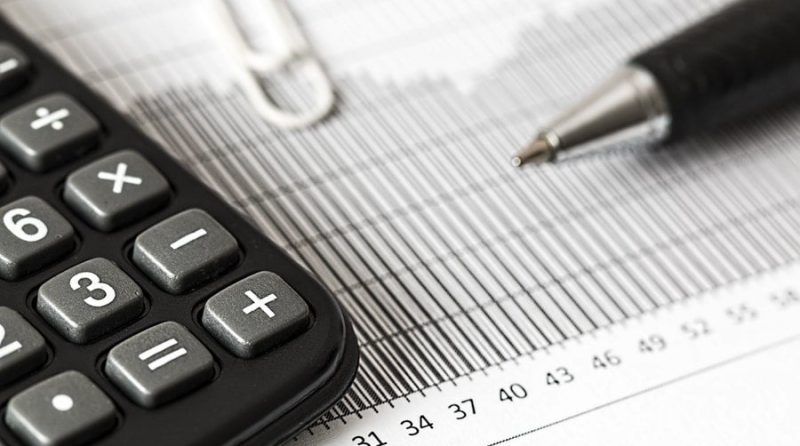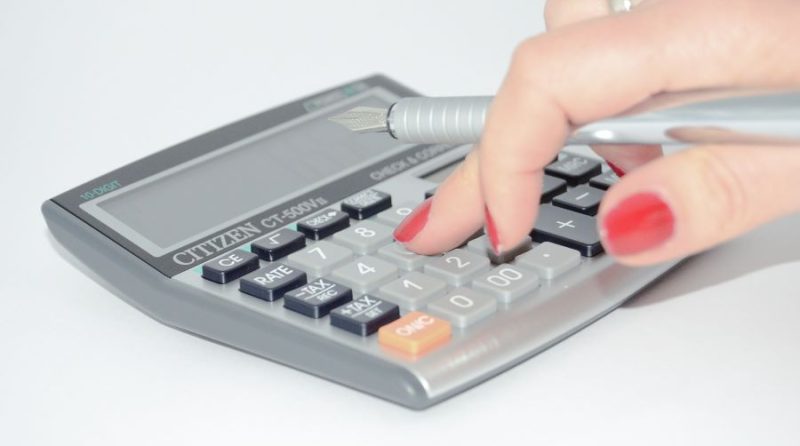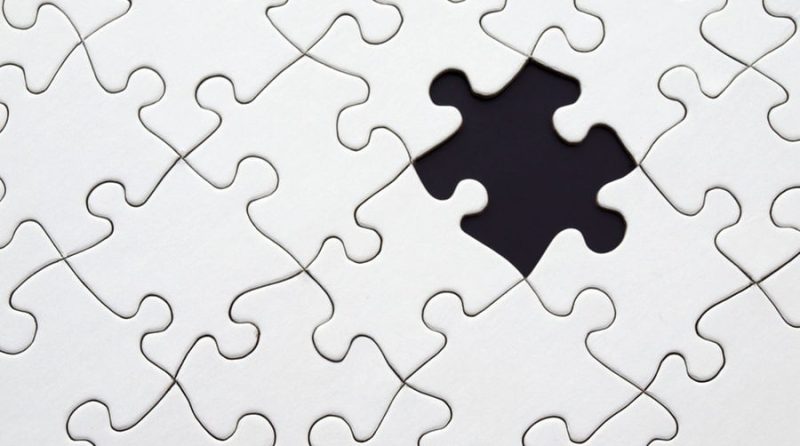VAT – Mixed Supply
VAT (including mixed supply VAT) is a notoriously complex beast full of oddities and anomalies which seem to defy any kind of reason or rationality. The VAT charged is calculated by determining what it is you are selling, but more recently, what the customer thinks they are buying. At the date of writing the rates of VAT are:
- Standard rate (20%)
- Reduced rate (5%)
- Zero rate (0%)
- Exempt (no VAT)
An oft-quoted example of the complexity of VAT is the McVities case and whether Jaffa Cakes are really cakes or biscuits. Both cakes and biscuits are zero-rated unless they are ‘wholly or partly covered in chocolate, or a chocolate-like substance’ (sounds delicious). Chocolate cakes are zero-rated, chocolate biscuits are standard-rated.
McVities contended that Jaffa Cakes are cakes and so subject to zero rating whereas the erstwhile Inland Revenue contended, they are in fact biscuits (because you find them in the biscuit aisle) and so subject to standard rating. If Jaffa Cakes are actually biscuits this would have been liable to the VAT they should have charged resulting in disastrous effects on their profit margins. Thankfully after much deliberation and the presentation of an oversized Jaffa Cake the court ruled that they were indeed cakes – the decision coming down to the fact that cakes go hard when stale and biscuits go soft (who lets these things go stale?).
Christmas Hampers?
Great news! Jaffa Cakes are now zero rated and so prices for the consumer have remained low. However, what happens if you are selling both a cake and a biscuit in the context of say a Christmas hamper? The hamper comprises products of differing rates of VAT, but you’re only really selling one thing: the hamper.
This situation is where one of VATs more esoteric anomalies arises. The hamper is what’s known as a mixed supply. It is part zero rated cake, part standard rated biscuit and part standard rated wicker basket. The rate of VAT to be charged is calculated with reference to the products supplied. This could be done by looking at how much the products cost you to put in the hamper. If 50% of the hamper was for cake and 50% was for biscuits, then the mixed rate of VAT would be 10%.
Air Travel
Straight forward so far, divide up the VAT based on what the product comprises of. However, there are situations where the product supplied consists overwhelmingly of one thing. For example, if you bought a plane ticket which came with a full in flight course of food you are receiving both the zero-rated air travel, but also the standard rated hot food. Clearly you are not going on the flight to receive the food, so the supply of food is considered incidental to the supply of the flight. As the flight is what’s known as the dominant element the supply of food will be charged at the same rate as the flight: zero.
But What About Inputs?
So far, we have only discussed the dividing up of output tax. Input tax is also calculated with reference to the mixed supply being made. Inputs are attributed directly to the element they relate to and if they relate to both they are then divided up on a fair and reasonable basis.
For example, the cake and biscuits are both directly attributable, but say VAT on a commission selling the hamper relates to both. It’s not really an issue when it comes to a hamper full of wholly VATable products (albeit at different rates) as all the input VAT can be reclaimed. However, if your mixed supply consists of an exempt element then this can cause a major headache.
Partial Exemption
The most common example of this would be an optician who supplies both optometry services and the associated eyeglasses. Optometry is exempt from VAT, whereas eyeglasses are standard rated. Part of the optometrist’s costs relate to the supply of optometry and part to the supply of eyeglasses. The customer expects to receive both and so it can’t be said there is a dominant element of the supply.
It is necessary then to divide out the inputs on a fair and reasonable basis. The standard way is to look at input costs, but this would not result fairly. Most of the value is in the optometrist carrying out their services with due care and professionalism rather than the eyeglasses. Without proper fitting and lenses the eyeglasses aren’t particularly valuable. It is therefore fair and reasonable to divide out the output and input tax on the basis of which element of the supply is more valuable. Neither are dominant, but one is clearly worth more and it’s the optometry. Usually optometrists charge a rate of around 5% VAT.
Getting It Right
There’s a lot to consider, but it is incredibly important, both commercially and legally, to ensure that the correct rate of VAT is charged on mixed supplies.
As with all things tax there exists a large body of case law providing guidance on whether a mixed supply exists, whether any element is dominant, and the fair and reasonable way to divide out input and output tax. However, each case is unique and turns on its own facts so bespoke advice should be sought.
[cs_gb id=1263]



